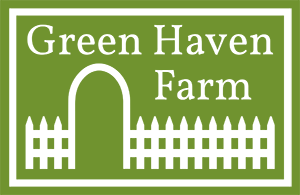Plant Profile: Rudbeckia laciniata
By Cathrine St.Clair
Rudbeckia laciniata is commonly known as cut leaf coneflower or green headed coneflower.
It is a stately native perennial that can reach 9 feet tall under the right conditions but generally grows 5-7 feet tall. Its preferred location is full to part sun in moist soil. It naturally occurs in moist woodland clearings or along stream beds. It is adaptable to average garden soil, but may wilt during periods of drought without supplemental water.
Like many plants, there are both pros and cons to adding Rudbeckia laciniata to your garden.
On the positive side, this Rudbeckia provides plenty of sunny flowers and has a long 2 month bloom time - July through September. The size and bright coloration of this plant creates a strong accent in the garden at a time when some other perennials are starting to wane.
The flowers are attractive to bees (both native and domesticated) and butterflies, providing a late season nectar source. They have attractive seed heads and the flower seeds provide food for finches in the fall. This coneflower is generally pest and disease resistant and can handle hot, humid summer weather. It is considered deer and rabbit resistant.
Because of its tolerance for moist soil and periodic flooding, it is a good plant for flood prone areas or rain gardens. Given space, it can create a (very tall!) groundcover. The root structure provides good erosion control.
However (here come the cons), in moist sunny areas this coneflower can spread somewhat aggressively by underground rhizomes. Plants should be edged or divided in spring to control the spread.
In fertile soils, more shade or windy areas the plants will probably need staking to keep it upright.
While the plants will probably survive drought, the lower leaves will droop and brown. Drought stress can occasionally result in powdery mildew.
If you can give this plant a bit of moisture and some room to grow, it might be a great addition to a pollinator friendly landscape.
Want more information? Here are some links:
Missouri Botanical Garden plant profile - Rudbeckia laciniata


